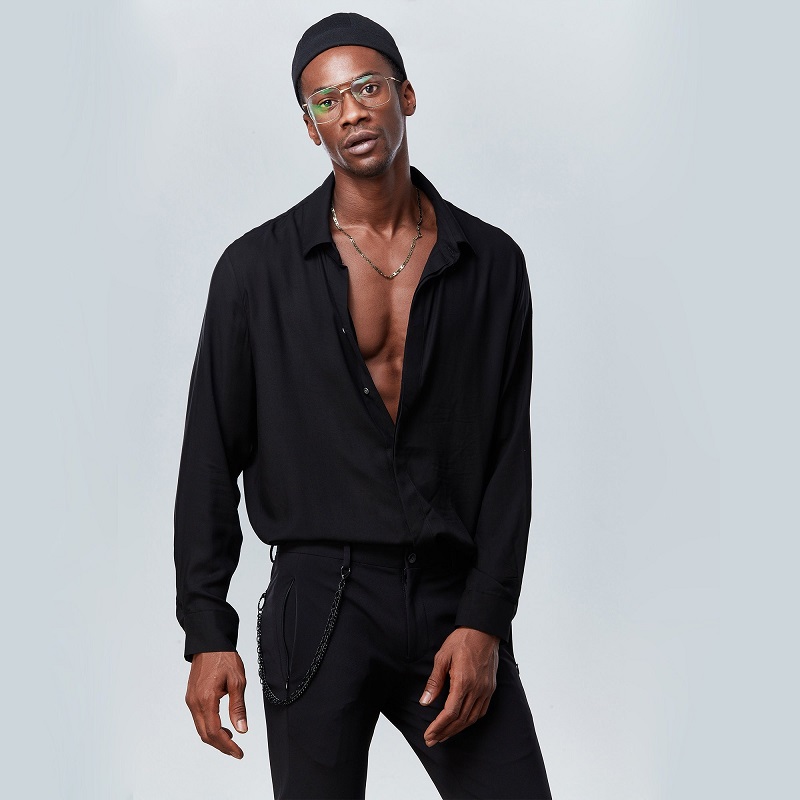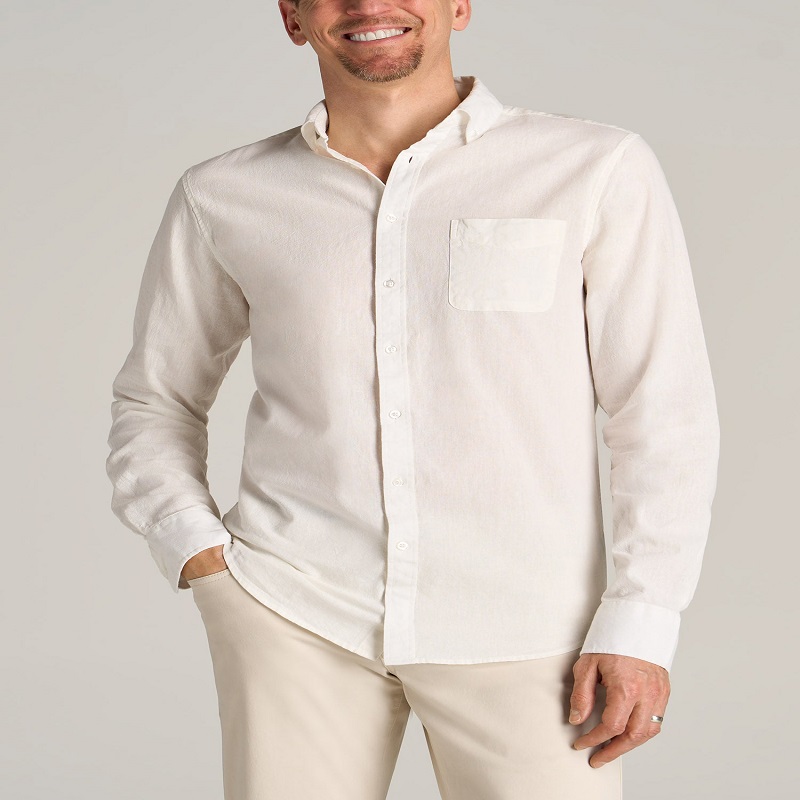How to measure length of shirt? Measuring the length of a shirt is an important task when it comes to ensuring a proper fit. Whether you are buying a new shirt or simply want to alter an existing one, accurate measurements are key. In this guide, we will walk you through the step-by-step process of measuring the length of a shirt, covering both traditional and modern techniques.

Understanding the Importance of Shirt Length
The length of a shirt plays a crucial role in how it fits and looks on the wearer. A shirt that is too long can appear sloppy and unflattering, while one that is too short can be uncomfortable and expose too much skin. Measuring the length of a shirt allows for a more customized fit, ensuring that the garment looks and feels just right.
Traditional Method of Measuring Shirt Length
The traditional method of measuring a shirt’s length involves laying the garment flat and using a measuring tape to determine the distance from the base of the collar to the hem. This method is simple and effective, and it provides an accurate measurement for most types of shirts.
- Lay the shirt flat on a smooth surface, such as a table or the floor.
- Smooth out any wrinkles or creases in the fabric to ensure an accurate measurement.
- Use a measuring tape to find the distance from the base of the collar (where the collar meets the shoulder seam) to the hem of the button down shirt.
- Record the measurement in inches or centimeters, depending on your preference.
Modern Method of Measuring Shirt Length
In the modern era, there are also innovative tools and techniques available for measuring shirt length. One such option is the use of a digital body scanner, which can provide precise measurements of the body and clothing. This method is particularly useful for those who want to ensure a customized fit for their shirts.
- Visit a tailor or clothing store that offers digital body scanning services.
- Stand in the designated area and allow the scanner to capture your body’s dimensions, including the length measurements for your shirts.
- The scanner will generate a detailed report of your measurements, including the length of shirts that would best fit your body type.
- Use this information to select shirts that are tailored to your specific length requirements.
How to match shirt men
The humble shirt is a staple in any man’s wardrobe. It is versatile, practical, and can be dressed up or down depending on the occasion. From casual outings to formal events, the right shirt can elevate any outfit.

Casual Look
For a casual look, opt for a relaxed fit shirt in a breathable fabric such as cotton or linen. Pair it with jeans or chinos for a laid-back yet stylish ensemble. Roll up the sleeves for a more relaxed vibe, and add a pair of sneakers or loafers to complete the look. A classic white shirt is always a safe bet for a casual outfit, but don’t be afraid to experiment with different colors and patterns to add some personality to your look.
Business Attire
When it comes to business attire, a well-fitted dress shirt is essential. Stick to classic colors such as white, light blue, or light pink for a professional look. Pair it with tailored trousers and a blazer for a polished ensemble that is perfect for the office. Pay attention to the collar and cuffs of the shirt, as these details can make a big difference in terms of overall appearance. A simple rule to follow is to ensure that the collar is snug but not tight, and that the cuffs are positioned at the right length.
Formal Occasions
For formal occasions such as weddings or black-tie events, opt for a crisp, tailored shirt in a classic color such as white or black. A tuxedo shirt with a wingtip collar is a traditional choice for black-tie events, while a classic white dress shirt with a spread collar is a versatile option that can be worn with a suit or tuxedo. Pay attention to the fabric of the white shirt – a high-quality cotton or silk shirt will elevate your overall look and add a touch of luxury to your ensemble.
Layering
Layering is a great way to add depth and interest to your outfit, and shirts are a versatile piece that can be easily layered with other garments. For a casual look, try layering a shirt over a plain t-shirt or under a sweater. This adds a relaxed vibe to your outfit and can be a practical way to stay warm in cooler weather. For a more formal look, layer a shirt under a tailored blazer or suit jacket. This adds a sophisticated touch to your ensemble and allows you to play with different colors and patterns to create a unique look.
Accessorizing
Accessorizing is key to elevating your shirt game. A simple way to add interest to your outfit is by incorporating a stylish tie or pocket square. For a casual look, opt for a knit tie or a patterned pocket square to add a pop of color and texture to your ensemble. For a more formal look, a classic silk tie and a coordinating pocket square will add a touch of elegance to your outfit. Don’t forget to pay attention to your choice of belt, watch, and shoes – these details can make a big difference in terms of overall appearance.
Advantages of shirt men
Men’s shirts are an essential part of a man’s wardrobe. Whether for formal or casual occasions, a well-fitted shirt can enhance a man’s appearance and style. With a variety of styles, colors, and materials available, men’s shirts have become an indispensable fashion item.

Versatility
One of the biggest advantages of men’s shirts is their versatility. They can be dressed up or down, depending on the occasion. A crisp, white dress shirt can be worn with a suit for formal events, while a casual, patterned shirt can be paired with jeans for a more relaxed look. This versatility makes men’s shirts suitable for a wide range of occasions, from job interviews to casual outings with friends.
Professionalism
For men in professional settings, a well-fitted shirt is a sign of professionalism and attention to detail. Whether in the office or at a business meeting, a rhude shirt exudes a sense of confidence and authority. It shows that the wearer takes their appearance seriously and is ready to tackle any professional challenge. This is particularly important in industries where appearances matter, such as banking, law, and sales.
Comfort
While style and professionalism are important, comfort is also a key advantage of men’s shirts. With the right fit and material, a shirt can be incredibly comfortable to wear for long periods. Breathable fabrics like cotton and linen are particularly popular for their comfort and ability to keep the wearer cool in warm weather. Additionally, many shirts are designed with stretch or moisture-wicking properties, further enhancing the comfort factor.
Conclusion
Measuring the length of a shirt is an essential part of the garment fitting process. Whether using traditional methods or modern technology. Accurate measurements ensure that a shirt fits comfortably and looks flattering on the wearer. By following the step-by-step instructions provided in this guide, you can confidently measure the length of any shirt. And make informed decisions about your clothing purchases or alterations.

